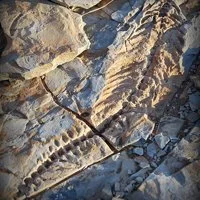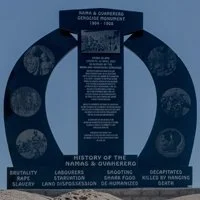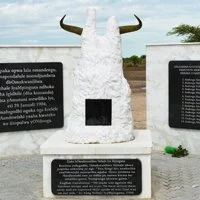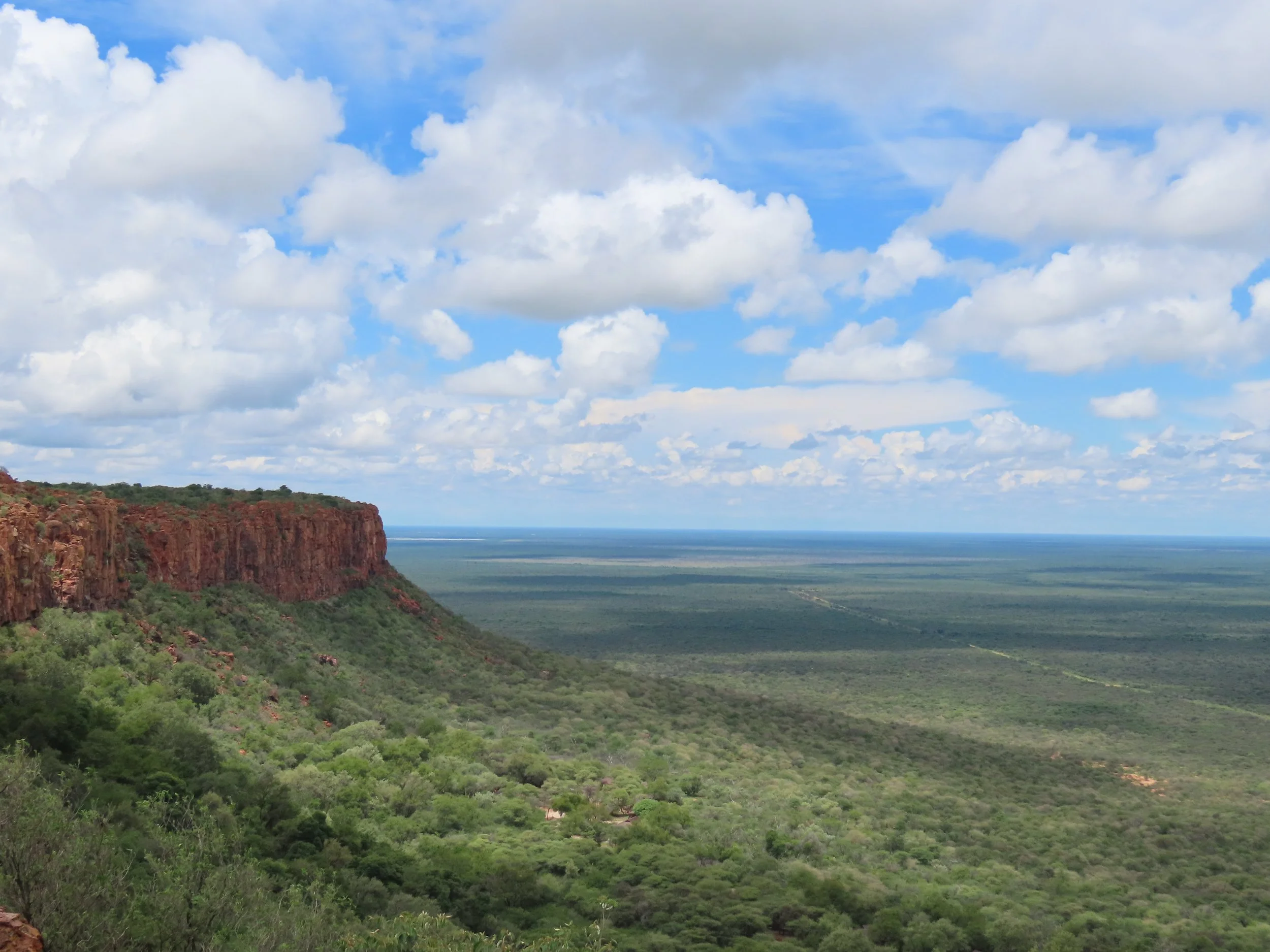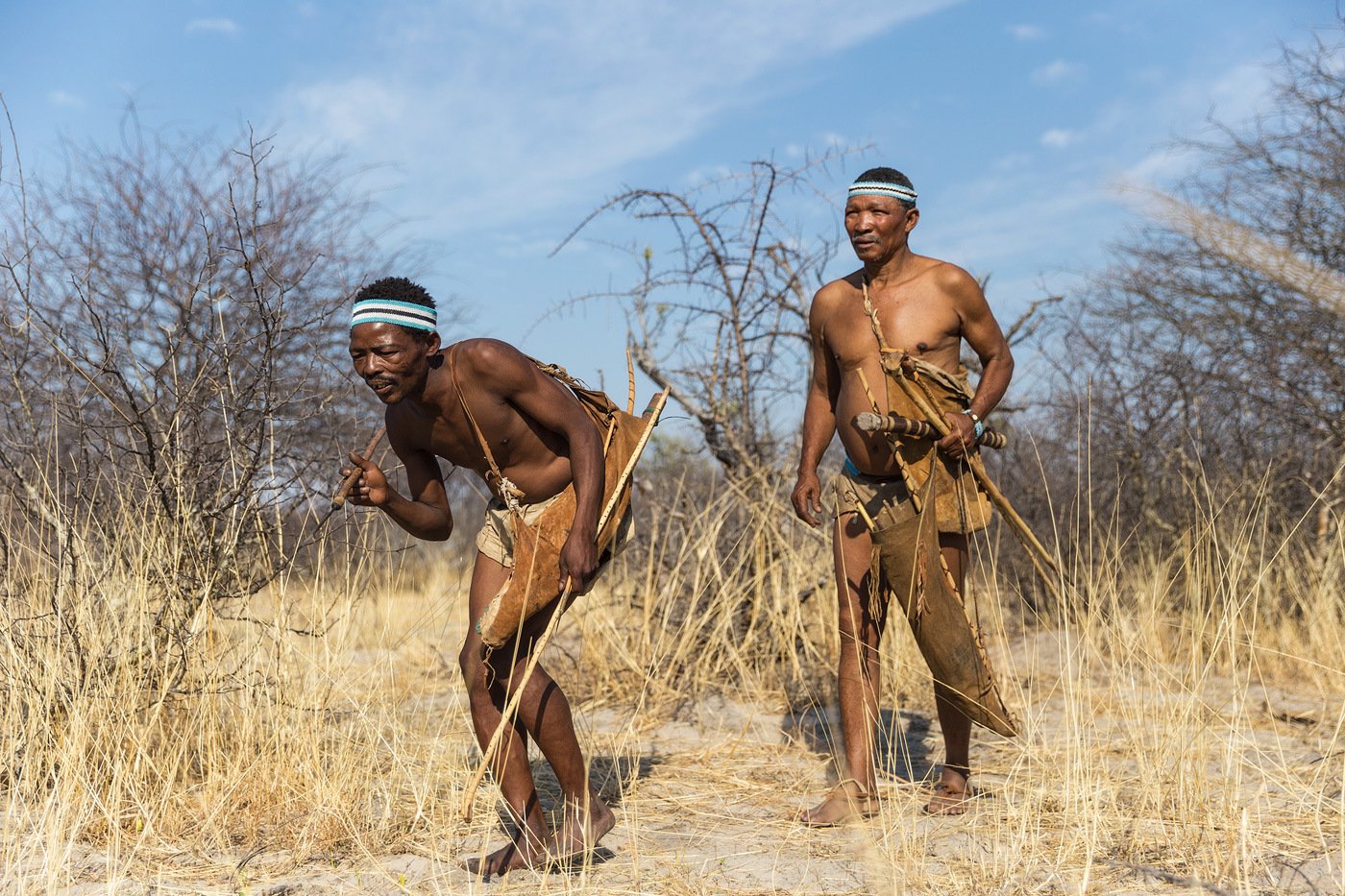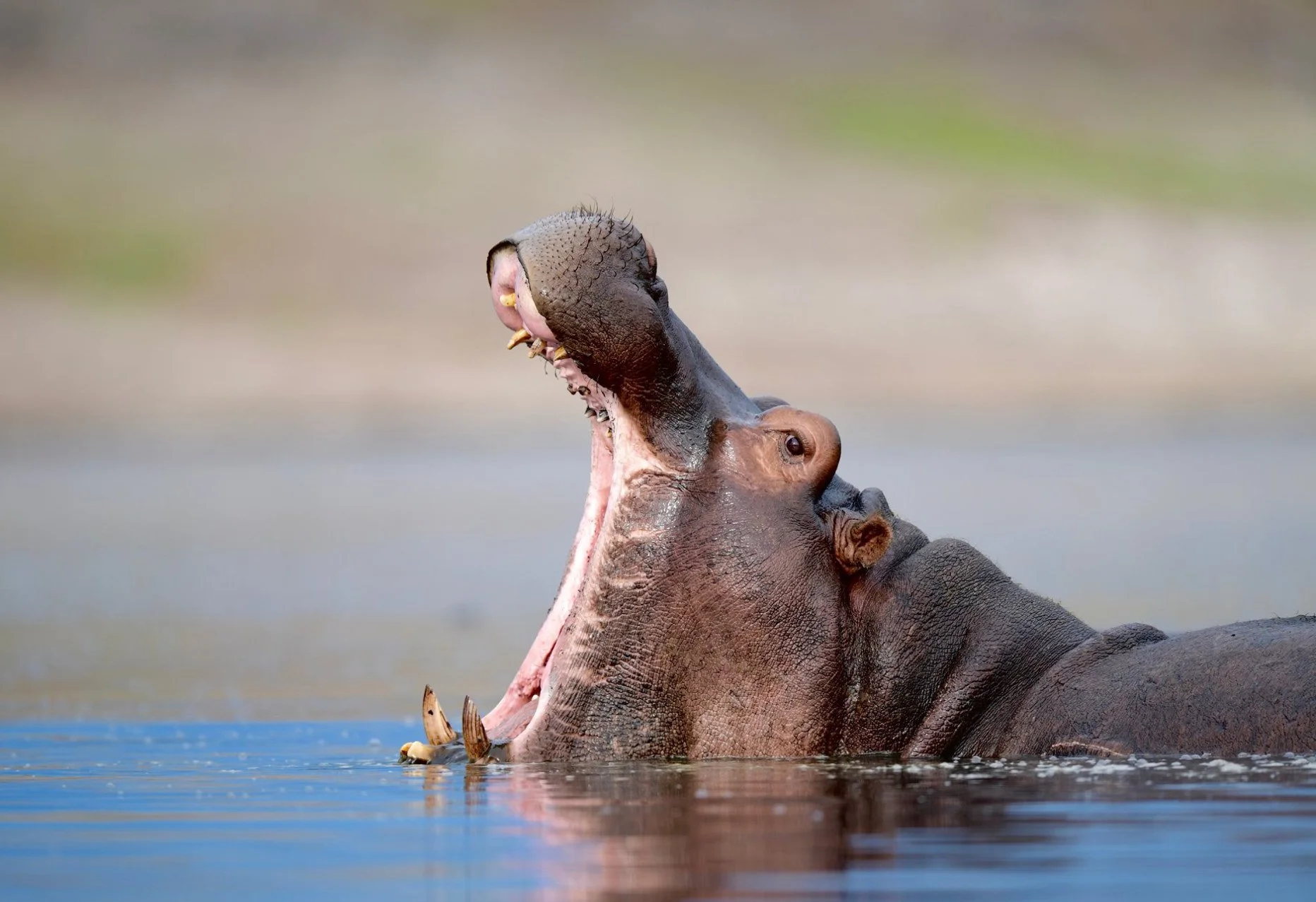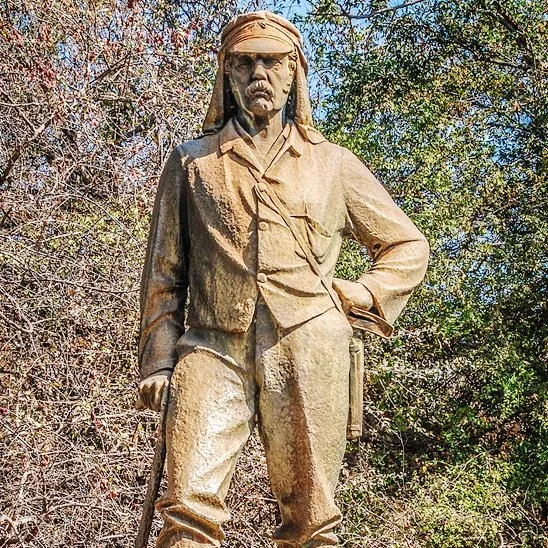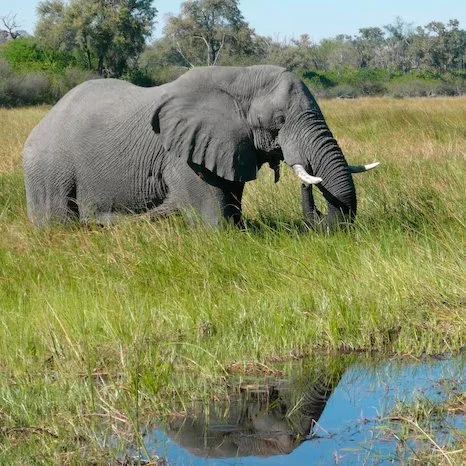
25-Days History and Culture Tour in Namibia
Group Size: 3-8 Pax
Discover Namibia like never before on this one-of-a-kind 25-day Historical & Cultural Tour. Journey through ancient landscapes and living heritage as you explore centuries of stories etched into rock, sand, and soul. From San rock engravings and German fortresses to Herero battlegrounds, liberation struggle landmarks, and vibrant living museums, this immersive expedition weaves together Namibia’s complex past with the traditions of its many diverse communities. You'll travel from the depths of the Fish River Canyon to the lush banks of the Zambezi, meeting local custodians of culture, walking in the footsteps of kings, and uncovering the legacies of colonisation, resistance, and resilience. This tour is the only one of its kind — designed to honour Namibia’s heritage in its full depth and diversity.
FROM N$130,000
-
•Educational English Run Tour (Improve your English)
•ISAP Junior Ranger Course & Certificate (6 Days)
•Teacher & Professional Nature Guides
(One Facilitator Escorting Children on flights from and to Frankfurt)
•Accommodation, Camping equipment, Transport & Park Fees
•An opportunity to connect and learn with other teens from different countries
•Stargazing with Telescopes (Astronomy)
• Naukluft Water Pools Hike & Sesriem Canyon (Geology)
•Sossusvlei, Deadvlei, Big Daddy Dune (Desert Ecosystems)
•Kayaking with Seals (Atlantic Marine Life)
•Quad Biking on Dunes (Action Adventure)
•Spitzkoppe Mountain & Bushmen Rock Paintings (Ancient History)
•Visit a Traditonal Himba Village (Cultural)
• Etosha & Bwabwata National Parks (Safari & Conservation)
• Participate in Annual Charity Project
• Visit Victoria Falls – One of the Natural Wonders of the World!
-
•Flight Tickets
•VISA costs
•Travel Insurance
•Drinks
•Laundry Service (kids can wash their own clothes in buckets provided)
•Parents Guided Tour
-
![Youth Adventure Program in Namibia Summer Holiday for Teens]()
-
![Youth Adventure Tour Wildfoot Adventure Safaris_summer travel for teens]()
Day 2: Windhoek
Explore Namibia’s capital on a guided city tour. Visit the Independence Museum, the iconic Christuskirche, and the historic Tintenpalast with its peaceful Parliament Gardens.
Enjoy a traditional kapana lunch at the lively Single Quarters market & Katutura Township to learn about the history of forced removals and life during apartheid.
-
![deadvlei youth adventure program travel for teens summer school program]()
Day 3: Keetmanshoop
Head south, stopping in Rehoboth, home of the Rehoboth Basters, a unique community of mixed heritage with a strong tradition of self-governance and resistance to colonial control.
Continue past Gibeon, site of the Gibeon Meteorite Field, one of the largest and most significant iron meteorite showers ever discovered.
Arrive in Keetmanshoop, home of the Nama People, by late afternoon.
-
![Tropic of Capricorn Namibia Adventure Travel Youth Adventure Tour for teenagers]()
Day 4: Fish River Canyon
Visit the Mesosaurus Fossil Site, where 280-million-year-old fossils offer a glimpse into Earth’s ancient past.
Then do a short hike to a German colonial-era fortress. Learn about the surrounding region’s indigenous Nama communities, early trade routes, and German military history.
Arrive at the Fish River Canyon in time for a spectacular sundowner.
-
![Day 6: Spitzkoppe youth adventure tour in africa]()
Day 5: Aus
Travel northwest to Bethanie and visit the Heitsi-Eibeb grave, linked to ancient Khoekhoe mythology. We will also visit one of the oldest surviving colonial buildings in the country — the Schmelenhaus, built in 1814.
Continue to Aus, where you’ll visit the Garub Plains to see the legendary wild desert horses and hear their story, believed to date back to abandoned cavalry horses from World War I.
-
![I.S.A.P Intelligence support against poaching wildfoot adventure safaris youth adventure tour]()
Day 6: Luderitz
In the morning, explore the ghost town of Kolmanskop, once a booming diamond settlement.
Visit Shark Island, a former German concentration camp site.
Stop at Diaz Point, where Portuguese explorer Bartolomeu Dias planted a stone cross in 1488.
In the afternoon, discover Lüderitz’s colonial architecture, churches, and local museums that tell the story of early European contact and diamond history.
-
![Duwiseb Castle Namibia History]()
Day 7: Duwisib Castle
Travel inland toward Sossusvlei, breaking the journey with an overnight stay at Duwisib Castle, a grand fortress built in 1909 by German officer Baron von Wolf. This unexpected piece of medieval-style architecture in the desert offers insight into colonial ambition, eccentricity, and early European settlement in southern Namibia.
-
![]()
Day 8: Sossusvlei
Drive north to Sesriem, gateway to the iconic Namib Sand Sea, a UNESCO World Heritage Site. Visit the dramatic Sesriem Canyon, then check into your lodge.
In the afternoon, venture into Sossusvlei to explore the surreal landscape of Deadvlei and climb Big Daddy, one of the tallest dunes in the world.
-
![swakopmund old buildings]()
Day 9: Swakopmund
Travel toward the coast, stop at Solitaire for a taste of its famous apple pie along the way.
Cross the Tropic of Capricorn, marking your journey through the southern hemisphere.
Pass through the dramatic Kuiseb Canyon, where desert geology meets history — the same area where German geologists Henno Martin and Hermann Korn hid during WWII.
-
![Zalia Shipwreck 2011]()
Day 10: Swakopmund
Start the day with a guided walking tour of Swakopmund, exploring its charming colonial architecture, historic buildings, and cultural landmarks. Learn about the town’s German roots and role as a key port during colonial times.
In the afternoon, enjoy free time to stroll the beachfront, visit local museums, or relax at one of the many seaside cafés.
-
![Damara Living Musuem Twyfelfontein]()
Day 11: Twyfelfontein
Head to Cape Cross, site of the first European landing in Namibia by Portuguese navigator Diogo Cão in 1486. Visit the Cape Cross Seal Reserve and museum, and learn about its role in early colonial claims and sealing history.
Continue through the remote Skeleton Coast, known for its haunting beauty and scattered shipwrecks, remnants of maritime tragedy.
-
![Twyfelfontein UNESCO Site Namibia Rock Engravings Guided Tours History Tours]()
Day 12: Palmwag
Visit Namibia’s first UNESCO World Heritage Site. Visit the famous rock engravings, created by San hunter-gatherers thousands of years ago.
Experience traditional culture at the Damara Living Museum.
Marvel at ancient tree remains at the Petrified Forest. Along the way, learn about the Welwitschia mirabilis, one of the world’s oldest and most unique desert plants.
-
![Epupa Falls Stock Image]()
Day 13: Epupa Falls
Depart Palmwag Concession and visit a Himba village, where you’ll gain insight into the customs, beliefs, and daily life of one of Namibia’s most iconic and traditional communities.
Continue your scenic drive north through rugged Kaokoland landscapes, arriving at Epupa Falls by afternoon. Enjoy the sound of the cascading Kunene River framed by baobab trees.
-
![Himba Stock Image]()
-
![Etosha Namutoni Monument King Nehale War]()
Day 15: King Nehale
Visit the historic Outapi Baobab Tree, once used as a post office and prison, now a national monument. Explore the Outapi Private Military Museum, which documents the region’s involvement in Namibia’s liberation struggle.
Continue to the National Museum of Namibian Music, showcasing traditional instruments and musical heritage.
Followed by the Nakambale Museum, a Finnish missionary station turned cultural museum.
-
![etosha national park stock image]()
Day 16: Halali
Visit the grave of Mandume ya Ndemufayo, the last king of the Oukwanyama.
Continue south to Etosha National Park, visit the historic Namutoni Fort, originally a German military outpost built in 1905, and stop at the symbolic Termite Mound Monument nearby.
Discuss the complex history between the San people and German colonial forces in the area.
-
![Okaukuejo Tower Etosha History Tour Guided Safari]()
Day 17: Okaukuejo
Depart Halali, once a German military outpost, and embark on a full-day safari through the heart of Etosha, Okaukuejo, the park’s oldest tourist camp, originally established as a German police post in 1901.
Spot elephants, lions, giraffes, and more.
Arrive at Okaukuejo in the afternoon and enjoy game viewing at its iconic floodlit waterhole — one of the best places in Namibia to see black rhino after sunset.
-
![ombu village]()
Day 18: Waterberg
Enjoy a short morning safari before exiting Etosha.
Drive to Ombu Village, a traditional Herero settlement, where you’ll learn about Herero culture, dress, and resilience.
In the afternoon, visit the Waterberg Plateau battlegrounds, site of the pivotal 1904 battle between Herero warriors and German colonial forces—marking the beginning of the Herero and Nama genocide.
-
Day 19: Ju/'Hoansi
Depart Waterberg and travel northeast to the Ju/’Hoansi Living Museum, deep in the Nyae Nyae Conservancy. Here you’ll engage with the San (Bushmen) community, one of the world’s oldest continuous cultures. Learn firsthand about their tracking skills, traditional hunting techniques, herbal medicine, and storytelling in an authentic, respectful setting.
-
![]()
Day 20: Ju/'Hoansi
Spend a full day immersed in the traditional way of life of the Ju/’Hoansi San Bushmen. Join a tracking walk through the bush to learn about animal signs, edible plants, and ancient survival skills. Try your hand at making fire without matches, crafting tools, or learning traditional games. In the afternoon, participate in storytelling sessions and a traditional healing dance, offering a deeper understanding of San spirituality and communal life.
-
![]()
Day 21: Divundu
Depart the Nyae Nyae Conservancy and travel east to Rundu, gateway to the Kavango Region. Visit the Mbunza Living Museum, a cultural project preserving the traditions of the Kavango people. Experience their wood carving, fishing techniques, drumming, and ancestral customs.
Continue to Divundu, nestled along the Okavango River, arriving by late afternoon.
-
![Day: Divundu]()
Day: 22 Divundu
Start the day with a safari in Bwabwata National Park, a biodiverse corridor where wildlife roams freely between Angola, Namibia, and Botswana.
Explore the Buffalo Core Area, once a South African Defence Force (SADF) military base during the Border War. Learn about the strategic role this region played during Namibia’s liberation struggle and the historical tensions in the Caprivi Strip, a region shaped by colonial treaties and Cold War geopolitics.
-
![Mafwe Living Musuem Namibia cultural and historical tours]()
Day 23: Kwando
Learn about the local legend of a mysterious river monster—a creature said to lurk in its depths, feared and respected by generations of river communities.
Then travel east toward the Kwando River and visit the Mafwe Living Museum, where you’ll experience the vibrant culture of the Mafwe people through traditional dancing, hut-building, fishing techniques, and oral history.
-
![]()
Day 24: Victoria Falls
Travel east to Katima Mulilo, learning about the Caprivi Strip’s colonial history, acquired by Germany in the 1890 Heligoland-Zanzibar Treaty to gain access to the Zambezi River.
Continue to the Ngoma border, cross into Botswana, and proceed to Victoria Falls, arriving by afternoon to settle near one of the Seven Natural Wonders of the World.
-
![david livingstone victoria falls cultural and historical tours in southern afica]()
Day 25: Victoria Falls
Enjoy a full day in Victoria Falls with a range of optional activities to suit your interests.
Visit the Victoria Falls National Park for breathtaking views of the “Smoke That Thunders,” or take a sunset cruise on the Zambezi River. Adventurers can try white-water rafting, helicopter flights, or bungee jumping, while cultural enthusiasts may opt for a village visit or local craft market tour.
-
![]()




